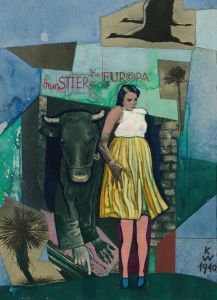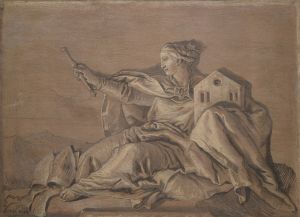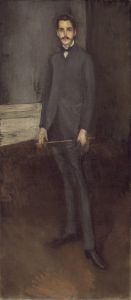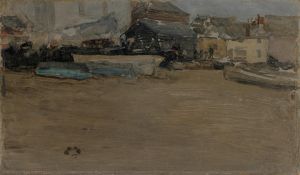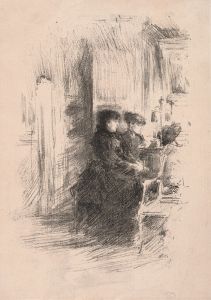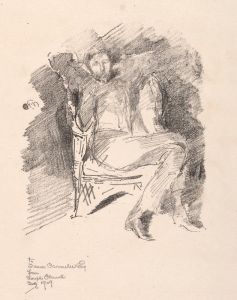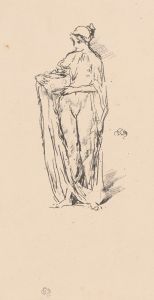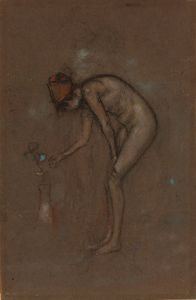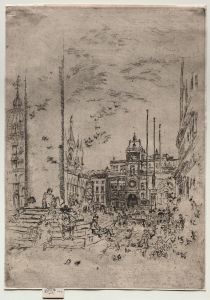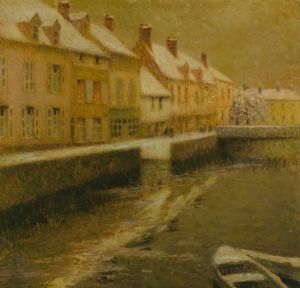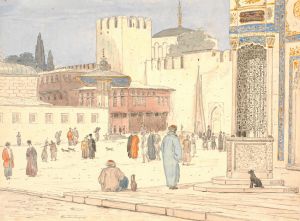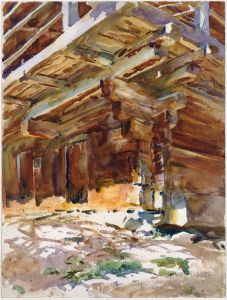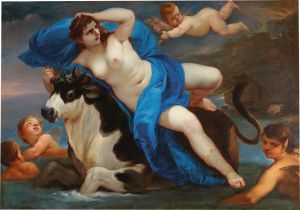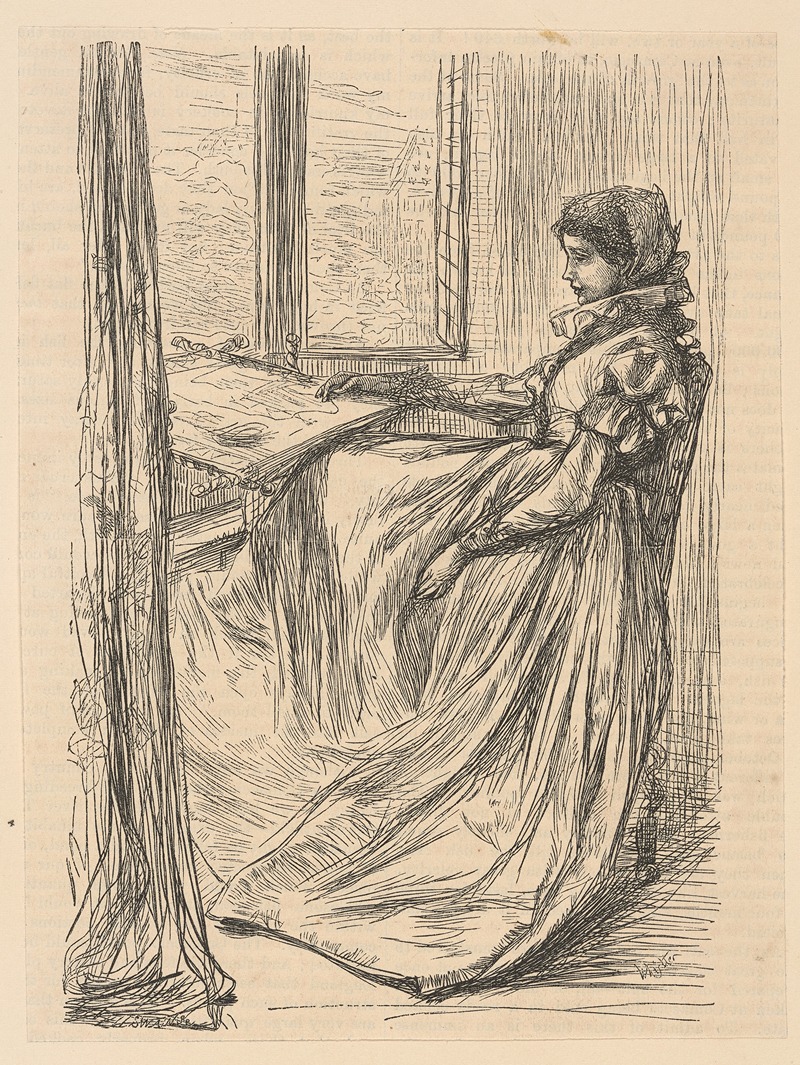
Morning before the Massacre of St. Bartholomew
A hand-painted replica of James Abbott McNeill Whistler’s masterpiece Morning before the Massacre of St. Bartholomew, meticulously crafted by professional artists to capture the true essence of the original. Each piece is created with museum-quality canvas and rare mineral pigments, carefully painted by experienced artists with delicate brushstrokes and rich, layered colors to perfectly recreate the texture of the original artwork. Unlike machine-printed reproductions, this hand-painted version brings the painting to life, infused with the artist’s emotions and skill in every stroke. Whether for personal collection or home decoration, it instantly elevates the artistic atmosphere of any space.
"Morning before the Massacre of St. Bartholomew" is a painting by the American artist James Abbott McNeill Whistler. Whistler, known for his innovative style and contribution to the Aesthetic Movement, was an influential figure in the late 19th-century art world. This particular work, however, is less well-documented compared to some of his other famous pieces, such as "Arrangement in Grey and Black No. 1" (commonly known as "Whistler's Mother").
The painting's title refers to the St. Bartholomew's Day Massacre, a significant and tragic event in French history that took place in 1572. The massacre involved the targeted killing of Huguenots (French Protestants) by Catholic mobs, and it began in Paris before spreading to other parts of France. The event was a turning point in the French Wars of Religion, leading to further conflict and tension between Catholics and Protestants.
Whistler's choice to depict a scene related to this historical event is intriguing, as he is not typically known for historical or narrative paintings. His work often focused on mood, atmosphere, and the exploration of color and form rather than detailed storytelling. This painting, therefore, represents a departure from his usual style and subject matter.
Unfortunately, there is limited information available about the specifics of "Morning before the Massacre of St. Bartholomew," such as its current location, dimensions, or detailed visual description. It is not one of Whistler's most famous or frequently studied works, which might contribute to the scarcity of detailed scholarly analysis or public exhibitions.
Whistler's broader body of work is characterized by his interest in the harmony of color and form, often drawing inspiration from music, which he believed had parallels with visual art. He was known for his "Nocturnes," which captured the subtle interplay of light and shadow, often in urban settings. His approach to art was influenced by his belief in "art for art's sake," emphasizing beauty and aesthetic experience over moral or narrative content.
While "Morning before the Massacre of St. Bartholomew" might not be as well-documented or widely recognized as some of his other works, it nonetheless contributes to the understanding of Whistler's diverse artistic interests and his ability to engage with historical themes, even if only occasionally. The painting's title suggests a moment of calm or anticipation before the chaos of the massacre, aligning with Whistler's skill in capturing mood and atmosphere.
In summary, while detailed information about "Morning before the Massacre of St. Bartholomew" is limited, the painting remains a part of Whistler's varied oeuvre, reflecting his occasional engagement with historical subject matter and his enduring focus on the aesthetic qualities of his work.





